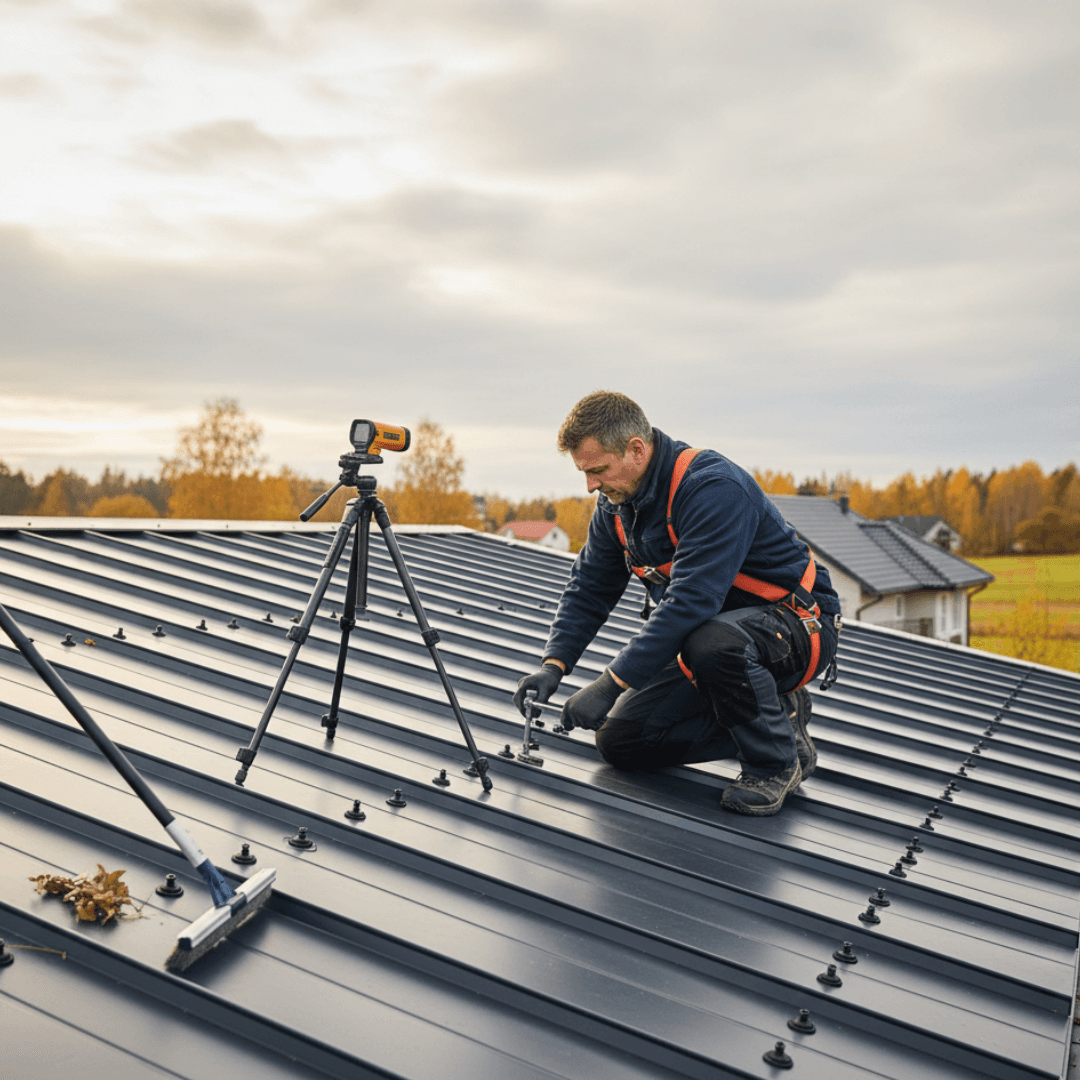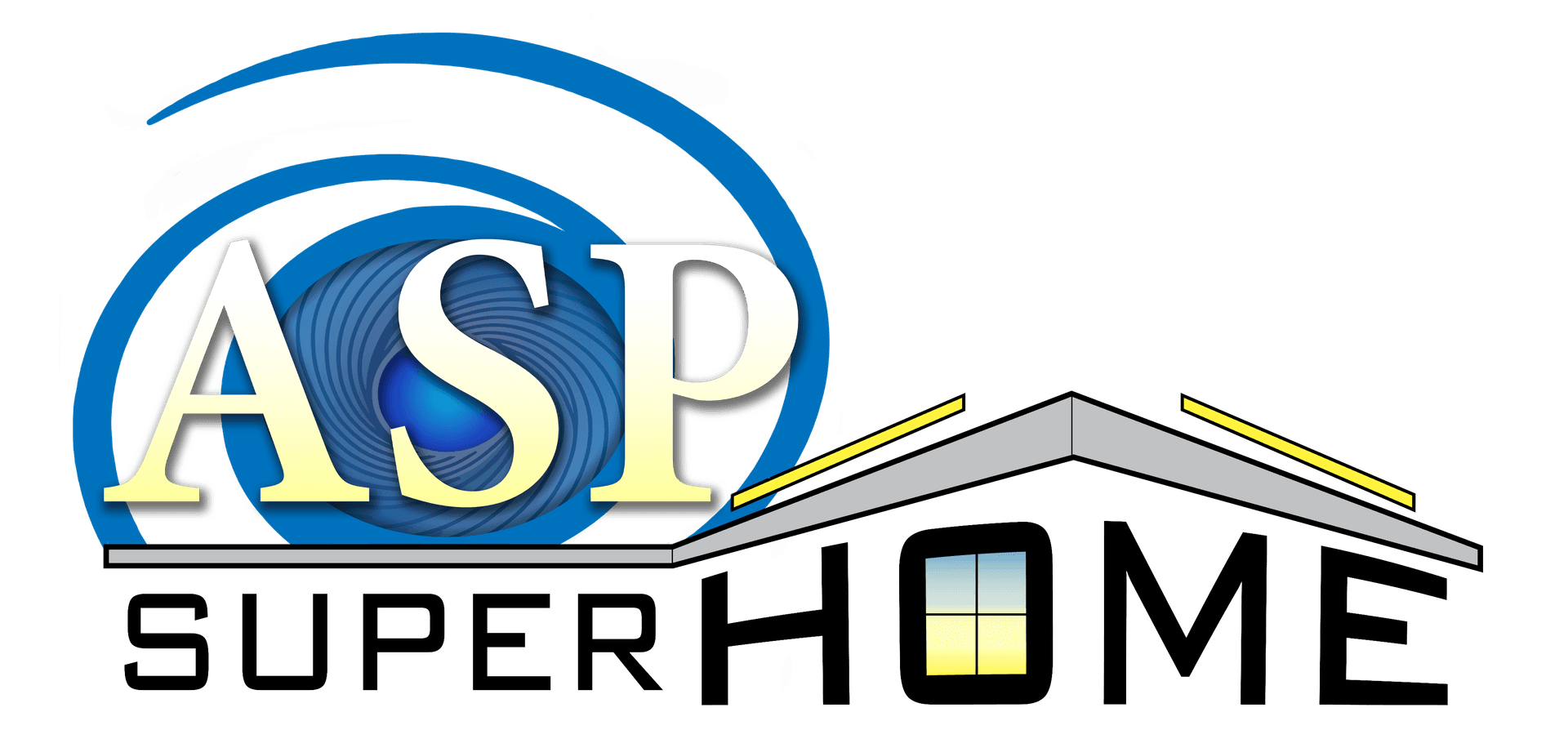Metal Roof Maintenance Checklist Before Winter Arrives

Winter can be challenging for homeowners, especially in regions like Florida where fluctuating temperatures, heavy rains, and occasional storms are common. While metal roofs are renowned for their durability, longevity, and energy efficiency, even the strongest roofs require maintenance before the cold months arrive. Conducting proper inspections and maintenance can prevent leaks, corrosion, and costly repairs while keeping your home safe and energy efficient. This metal roof maintenance checklist is designed to guide homeowners in protecting their investment and enjoying peace of mind throughout the winter season.
1. Comprehensive Roof Inspection
Before winter, inspect your metal roof for any visible damage. Pay attention to:
Loose, missing, or rusted screws and fasteners
Dents caused by debris or past storms
Rust spots or areas showing signs of corrosion
Hiring a professional metal roof company is advisable for a thorough inspection. Professionals can identify potential issues that may not be visible from the ground, including small cracks, underlayment damage, or hidden leaks. A proactive inspection ensures that small problems don’t escalate during heavy rainfall or cold snaps.
2. Cleaning and Removing Debris
Accumulated debris like leaves, pine needles, and dirt can cause water to pool, leading to rust and corrosion. Cleaning your roof helps maintain reflectivity, energy efficiency, and overall longevity. Recommended steps include:
Removing loose debris with a broom or leaf blower
Washing the roof with mild detergent and water
Rinsing thoroughly to remove soap residue
Regular cleaning, ideally twice a year, ensures that your metal roof performs efficiently while preventing mold or moss growth in shaded areas. Clean surfaces also reflect sunlight better, reducing energy costs.
3. Inspect Seals, Flashing, and Gutters
Seals around chimneys, vents, skylights, and roof edges are critical in preventing water infiltration. Check for:
Cracked or peeling sealants
Loose flashing panels
Signs of water intrusion or staining inside your attic
Properly functioning gutters and downspouts are equally important. Ensure that:
Gutters are free from leaves and debris
Downspouts channel water away from the foundation
No sections are sagging or damaged
Neglecting these areas can result in water damage, leaks, and corrosion, increasing your metal roof cost per square foot in the long run.
4. Examine Fasteners and Roof Panels
Loose screws, bolts, or fasteners can compromise the roof’s structural integrity. Inspect:
All exposed fasteners for tightness
Rubber washers for signs of wear or cracking
Roof panels for movement or separation
Tightening fasteners and replacing worn components can prevent leaks, noise, and panel displacement. Ensuring fastener stability is particularly important in regions prone to strong winter winds or sudden storms.
5. Trim Overhanging Trees and Branches
Trees and shrubs near your home can pose multiple risks to metal roofs. Overhanging branches can:
Scratch or dent metal panels during wind storms
Deposit leaves and debris that retain moisture
Facilitate moss or algae growth
Trimming branches and maintaining a safe distance between trees and the roof protects both the roof and those performing maintenance.
6. Check for Rust and Apply Protective Coatings
Even though metal roofs are corrosion resistant, older roofs may develop rust over time. To prevent deterioration:
Treat rust spots with appropriate rust inhibitors
Apply protective coatings designed for metal roofs
Consult a professional metal roof company for recommendations
Protective coatings enhance reflectivity, reduce energy consumption, and prolong the roof’s lifespan. Some coatings also add extra resistance to wind and hail damage, which is especially valuable during winter storms.
7. Evaluate Attic Insulation and Ventilation
A well maintained metal roof is only part of the home’s energy efficiency equation. Proper attic insulation and ventilation prevent heat loss and ice dam formation in colder climates. Steps include:
Inspecting attic insulation for gaps or compaction
Ensuring proper ventilation to allow airflow and prevent moisture buildup
Sealing leaks between the roof and attic spaces
These measures work together with your metal roof to stabilize indoor temperatures and reduce heating costs during the winter months.
8. Energy Efficiency Check
Metal roofs are highly reflective and energy efficient, but winter performance can also be optimized. Consider:
Checking for areas where cold air might infiltrate
Using weather stripping or sealants around roof penetrations
Consulting your metal roof company for an energy audit
A roof in peak condition can reduce energy bills by maintaining stable indoor temperatures even when heating demand increases.
9. Safety Tips for Winter Maintenance
Working on a roof can be dangerous, especially during cooler months when surfaces are slick from rain or frost. Follow these safety tips:
Use a sturdy ladder and secure footing
Wear non-slip shoes and gloves
Avoid working alone
Consider hiring a professional for inspections and repairs
Safety precautions prevent accidents and ensure the longevity of your roof maintenance efforts.
Preparing your metal roof for winter is essential for maintaining energy efficiency, preventing damage, and protecting your investment. By following this metal roof maintenance checklist, homeowners can inspect, clean, and repair their roofs, ensuring longevity and reducing metal roof cost per square foot over time. Regular maintenance, proper sealing, and attention to detail allow your home to withstand winter storms, heavy rains, and fluctuating temperatures. Partnering with a trusted metal roof company guarantees professional support and peace of mind.
Frequently Asked Questions (FAQs)
How often should I inspect my metal roof?
Inspect your roof at least twice a year, preferably before winter and summer, and after major storms.
Can I clean my metal roof myself?
Yes, but be cautious. Use a broom, leaf blower, or mild detergent for cleaning. For repairs or inspections of seals and flashing, hire a professional metal roof company.
How do I know if my metal roof needs a protective coating?
Check for rust spots, fading, or loss of reflectivity. A professional can recommend coatings to improve energy efficiency and prevent corrosion.
What is the average cost for metal roof maintenance?
Routine maintenance is affordable, typically ranging from $150 to $500 depending on roof size. Repair costs vary with the extent of damage but are generally less than full replacement.
Are metal roofs energy-efficient in winter?
Yes. Metal roofs retain heat better than some other materials when properly insulated and sealed, helping to reduce heating costs during colder months.
